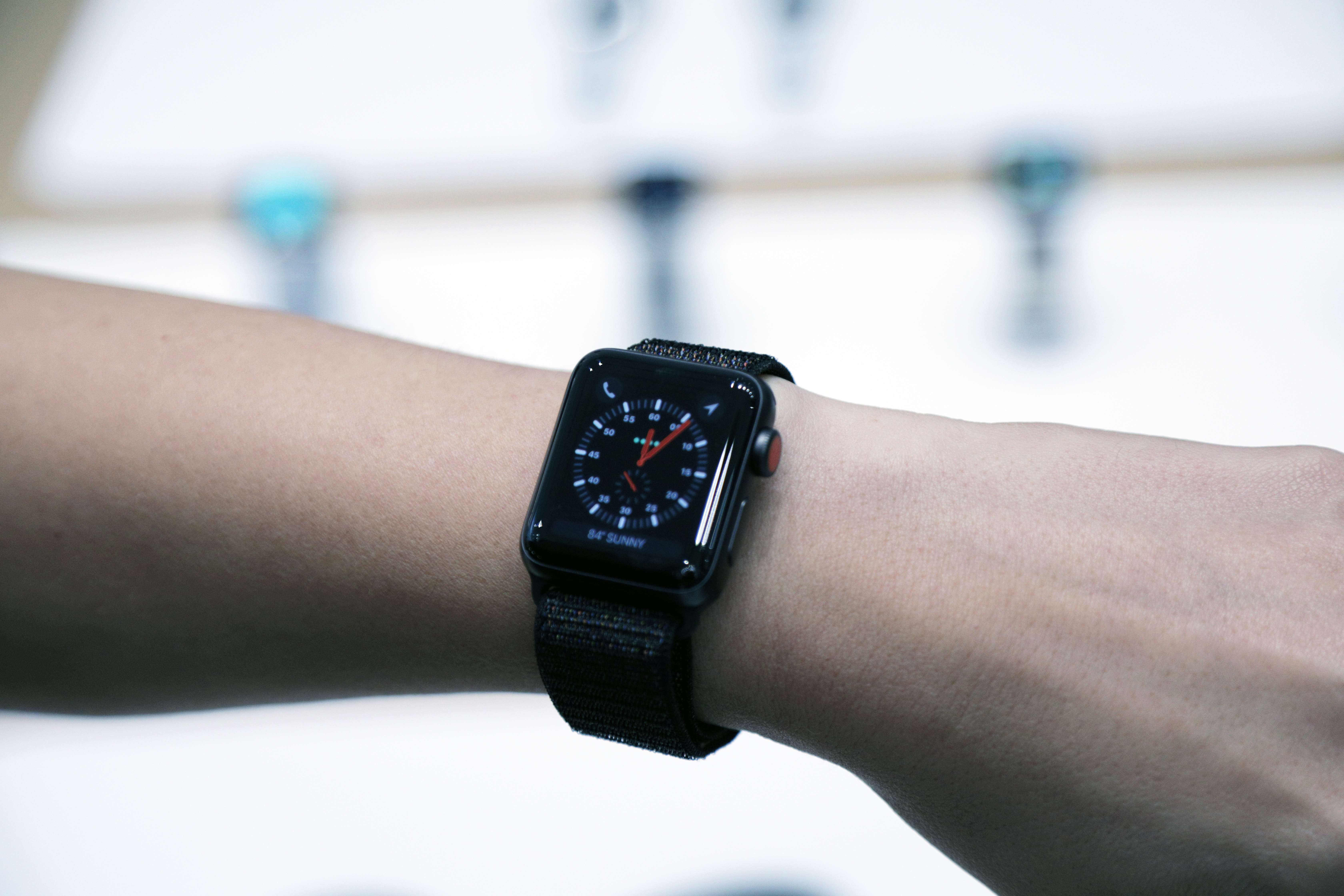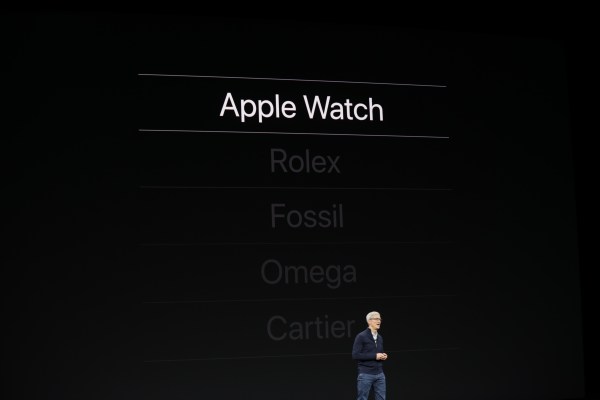A collective Internet gasp went up yesterday when, once again, the Apple Watch beat most major watch companies in terms of revenue. It’s not surprising not that the Apple Watch outsold Rolex and Omega and other luxury watch makers. What is surprising is that Rolex and Omega are still fighting this losing battle.
Think about the Rolex market, for example. While I would wager that almost every Rolex owner has an Apple Watch, a fraction of the Apple Watch owners have a Rolex. For many, the Apple Watch is their only watch and, if there were no smart watches, they probably wouldn’t wear watches at all. As I bloviated last week, we wear the Apple Watch because it’s the best smartwatch of its kind and it will probably be the last watch we ever own.

Apple is clearly proud of its sales statistics. While it won’t say much on the actual numbers, even on background, we can estimate that the Apple watch made $6 billion in revenue last year while Rolex made $4.5 billion total in 2015. This means that Apple raked in more on one product than Rolex made on its entire product line.
Further it points to the lie of the luxury watch world. Except for a few very specific and very expensive pieces, most luxury watches priced at $2,000 or above are commodity products. Rolex doesn’t make $4.5 billion in revenue selling one or two watches. Even if the average Rolex is $8,000 that still means Rolex sold about 500,000 pieces. This means that Rolex is at once not selling many pieces compared to any popular smartwatch but is still selling more than enough to not rate as luxuriously unattainable. While luxury watch makers want us to think that their products are sought after and difficult to find – even to the point of creating false scarcity in some models – it’s clear that these companies are still in the business of selling as many watches as possible.
Sure a little extra work went into the manufacture and sure people with the skills necessary to build a piece of micro machinery so robust it can survive years – even decades – without cleaning are disappearing. But the watch industry dealt itself a terrible blow by first ignoring the quartz watch back in the 1970s and now ham-handedly launching smartwatches with the same grace and poise as a panicked kiosk owner trying to sell the last of his umbrellas before the rain dries up.
Ultimately it’s not hard to beat Rolex or Omega or Cartier. All you have to do is produce a better, cheaper product that millions of people will want to use. What’s truly surprising is that Rolex, Omega, and Cartier are still considered competition.
